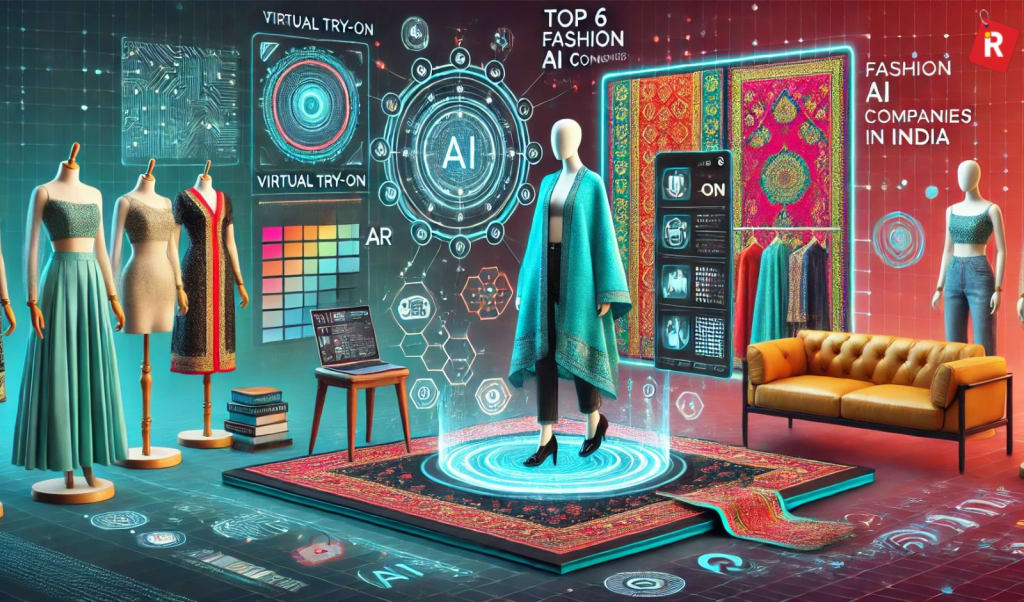Artificial intelligence (AI) is increasingly transforming the fashion industry, with researchers and brands leveraging large language models (LLMs) and diffusion models to create culturally diverse and personalized fashion designs. These AI-driven tools are being applied across virtual try-on experiences, design prototyping, and digital fashion content, helping brands innovate while reducing physical sampling costs.
Generative AI Enables Global and Inclusive Fashion Concepts
A recent study published on arXiv demonstrates how generative AI can produce fashion concepts tailored to different cultural aesthetics. By combining text-based prompts with visual generation models, designers can quickly prototype collections and experiment with inclusive, trend-forward designs without extensive manual effort.
FashionRepose Revolutionizes Digital Garment Visualization
A breakthrough technique called FashionRepose allows for non-rigid pose editing of garment images without retraining models. This innovation enables retailers and e-commerce platforms to showcase outfits on various body poses, improving online catalogs and enhancing virtual try-on tools for consumers.
Accelerating Creativity and Personalization
Experts highlight that AI accelerates design cycles, boosts personalization, and makes fashion more accessible to diverse audiences. “AI isn’t replacing designers,” said Dr. Lina Chen, a computer vision researcher. “It’s augmenting creativity, helping brands visualize ideas and adapt to consumer preferences faster than ever.”
Ethical Considerations in AI Fashion
Despite the benefits, concerns remain regarding intellectual property and cultural appropriation, as AI-generated designs may draw inspiration from existing human-created fashion. Researchers stress the need for ethical frameworks to guide the responsible use of AI in creative industries.
The Future of Fashion is AI-Driven
With technologies like LLMs, diffusion models, and FashionRepose, the fashion industry is entering a new era of digital creativity. AI-driven design, virtual try-ons, and adaptive e-commerce experiences are becoming central to how consumers discover, interact with, and purchase clothing online.

